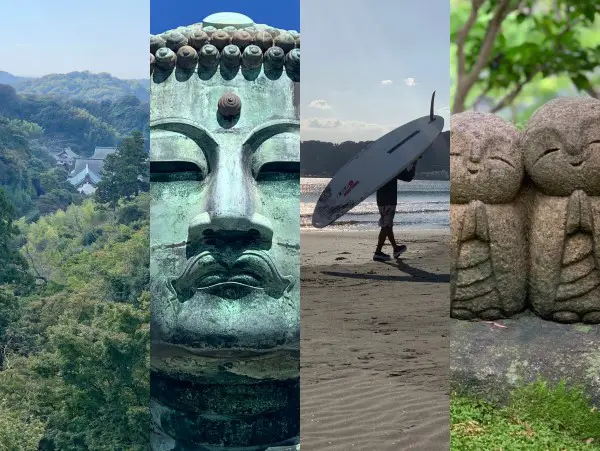
If you’re seeking an easy day trip from Tokyo by train, Kamakura is the best choice. This comprehensive guide covers a one-day itinerary in Kamakura, including all main attractions, tips on transportation and directions, my favourite places to eat in Kamakura, and much more!
Kamakura has it all: rich history and beautiful temples, both mountains and sandy beaches, charming streets with local crafts, a laid-back atmosphere and easy access from Tokyo. As if that wasn’t enough, it’s home to the 13th-century Big Buddha, as well as surfers cruising the town on bicycles with boards attached. Kamakura is both a historically important point on the map of Japan and a cool seaside town.
I visited Kamakura many times in all seasons and have always loved it. Kamakura is such a refreshing break from the concrete jungle in Tokyo. Don’t miss it on your trip to Japan!
What's in this blog post?
Why visit Kamakura?
1. Historical and cultural significance
Kamakura, sometimes referred to as the Kyoto of Eastern Japan, served as the base for Japan’s first shogun. It was the political centre of the country during the Kamakura period (1185-1333). The rise of the samurai (warrior class) and the daimyo (lords), and the establishment of feudalism in Japan, with its rigid social hierarchy, took place in the Kamakura period. In addition, Kamakura is home to numerous temples and shrines, including the famous Great Buddha, which is over 700 years old!
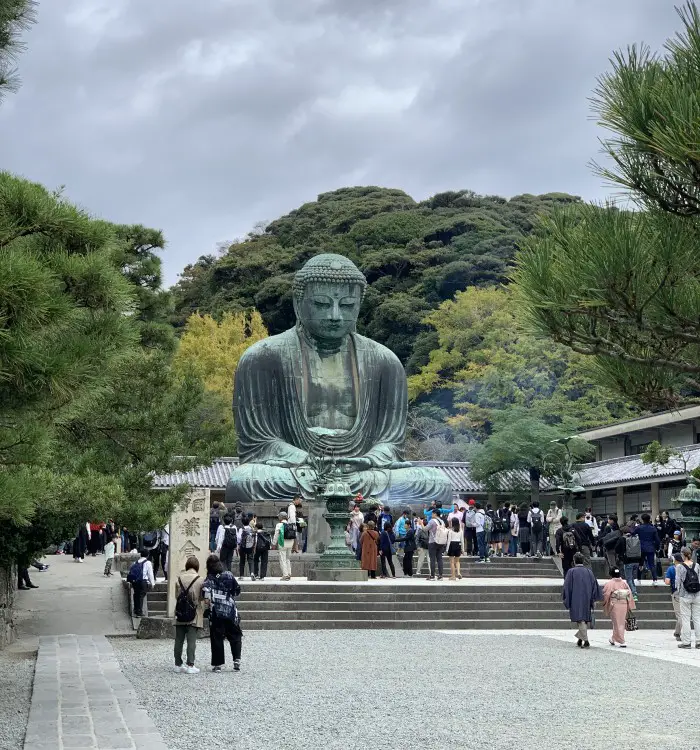
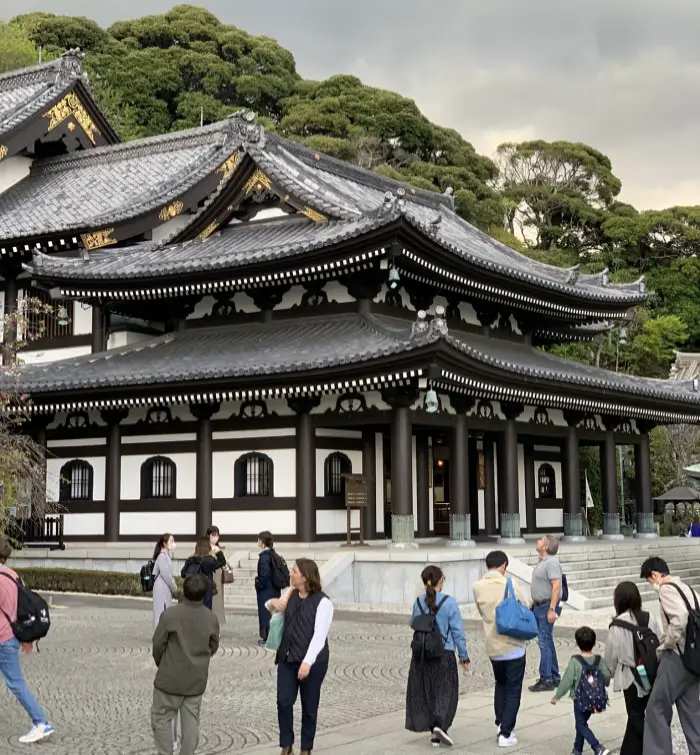
2. Picturesque scenery and nature
Kamakura is a charming coastal town, surrounded by both mountains and the sea. It is known for its beautiful natural scenery, including cherry blossom trees in the spring, colourful foliage in the fall, beaches in the summer and clear views of Mount Fuji in winter. Basically anytime is good to visit Kamakura.
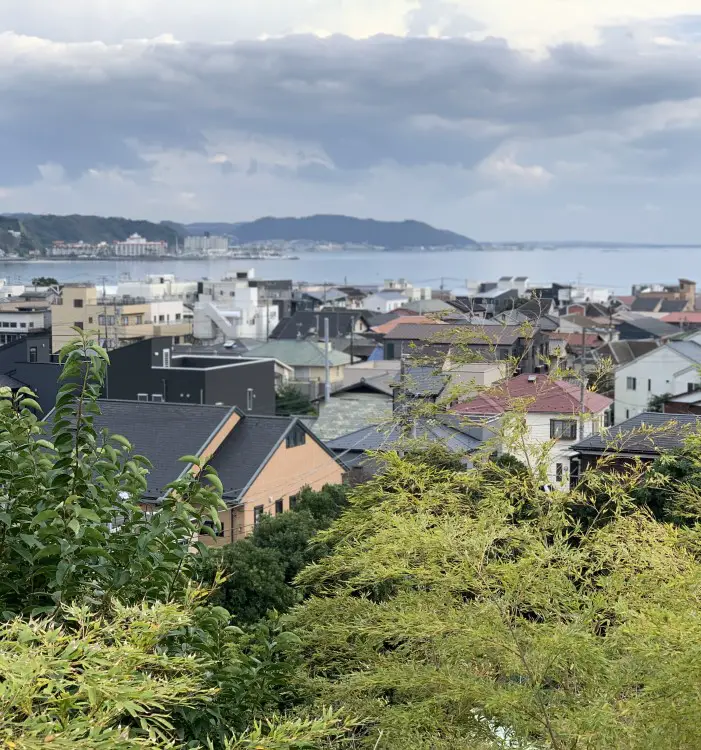
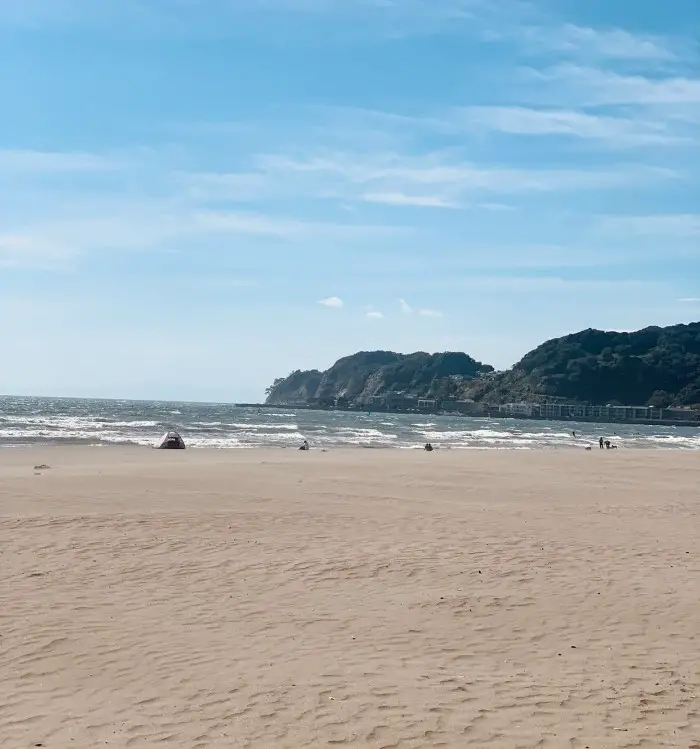
3. Relaxed atmosphere
Known for its laid-back atmosphere, Kamakura is a great escape from the hustle and bustle of Tokyo. The town is full of narrow streets, small shops, and quaint cafes. Every time I go to Kamakura, I come to the same conclusion – people are happier here than in Tokyo. I love sitting on the beach while watching locals walking their dogs and suntanned surfers preparing to catch the wave.
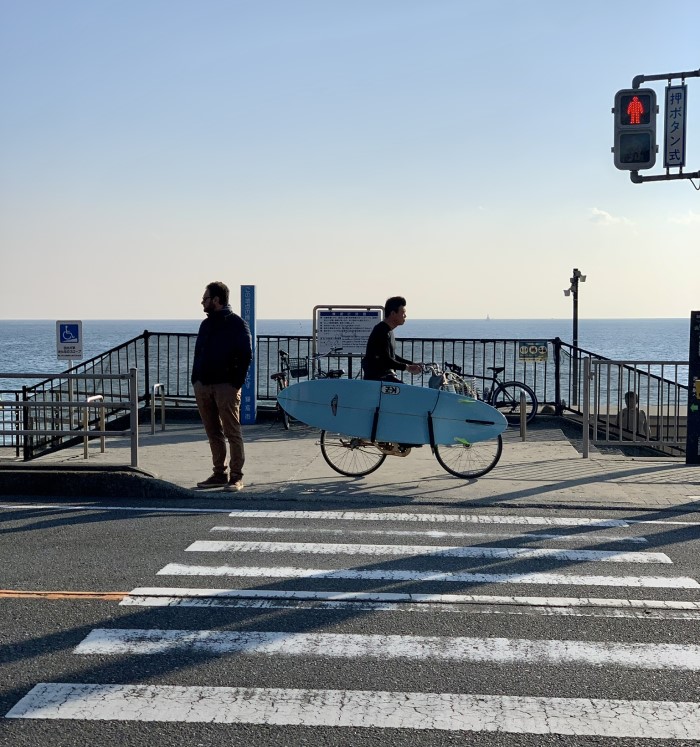
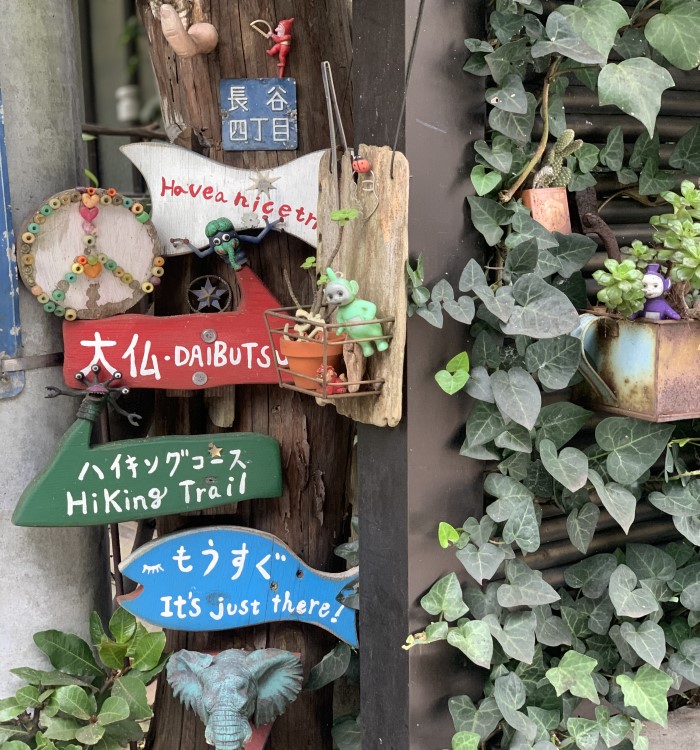
4. Outdoor activities
Kamakura is a great place to enjoy outdoor activities such as hiking, surfing, and swimming. There are several easy hiking trails connecting famous temples and offering beautiful views. I’ve walked two most famous routes – Daibutsu & Tenen – and believe me, if you love nature and have some spare time, you should definitely try exploring the historical sights of Kamakura in this unique way!
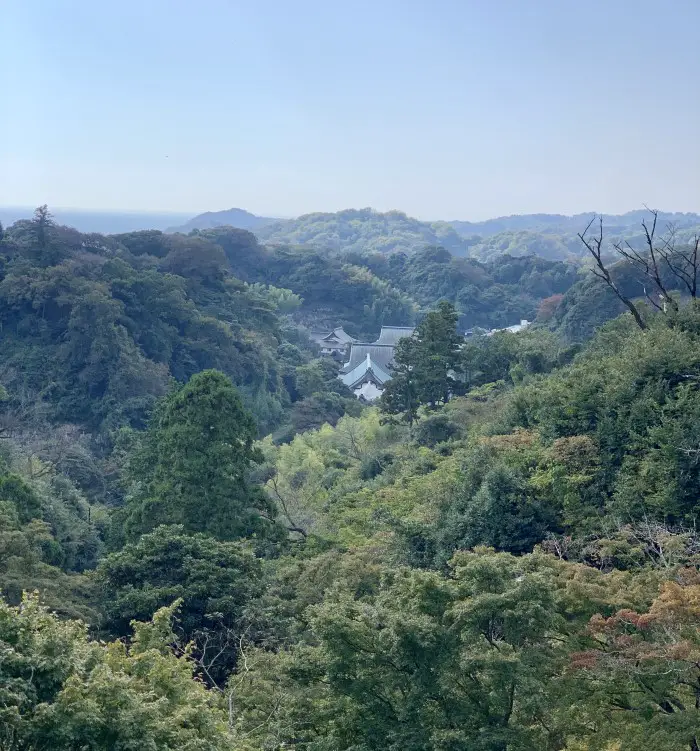
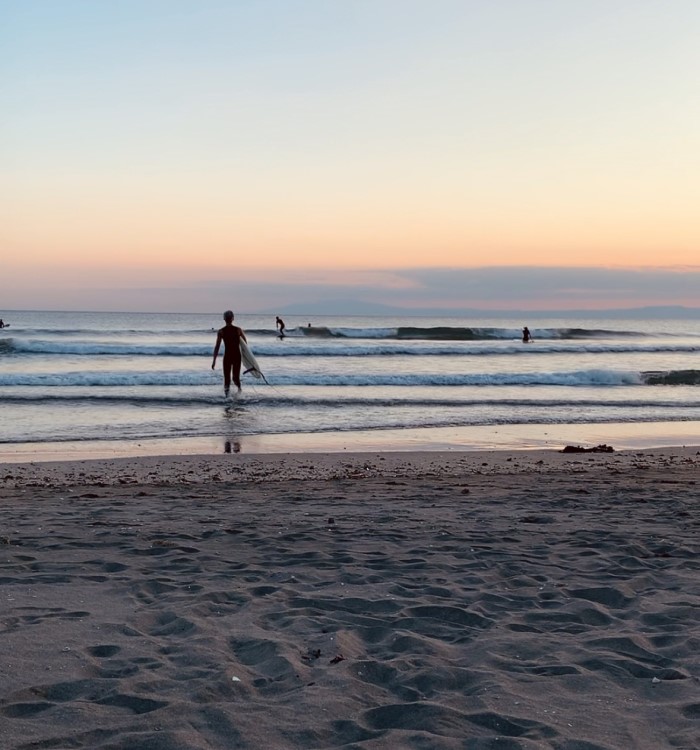
5. Very easy access from Tokyo
Kamakura is easily (and cheaply!) accessible from Tokyo by train. In just an hour you’ll be sitting on the beach or under the giant foot of the Big Buddha. It’s so easy to get here that it would be a shame if you didn’t come.
Top 5 attractions in Kamakura
Kamakura has plenty of attractions that offer a glimpse into its history and culture. Here are my top five, which you can see in one day. You will find a detailed one-day itinerary in Kamakura later in the article.
1. The Great Buddha (Kotoku-in)
Completed in 1252, this large 11-metre-tall bronze statue of Buddha is a symbol of Kamakura and one of Japan’s most famous landmarks. What’s interesting, the statue was originally placed inside a large temple hall. However, the temple was destroyed repeatedly by typhoons and a tsunami. Only the Great Buddha survived, and that is why since the 15th century he has been enjoying the fresh air.
While visiting the Great Buddha, don’t forget to enter inside the statue to check what’s inside his head. Surprisingly, there is not much inside 😉
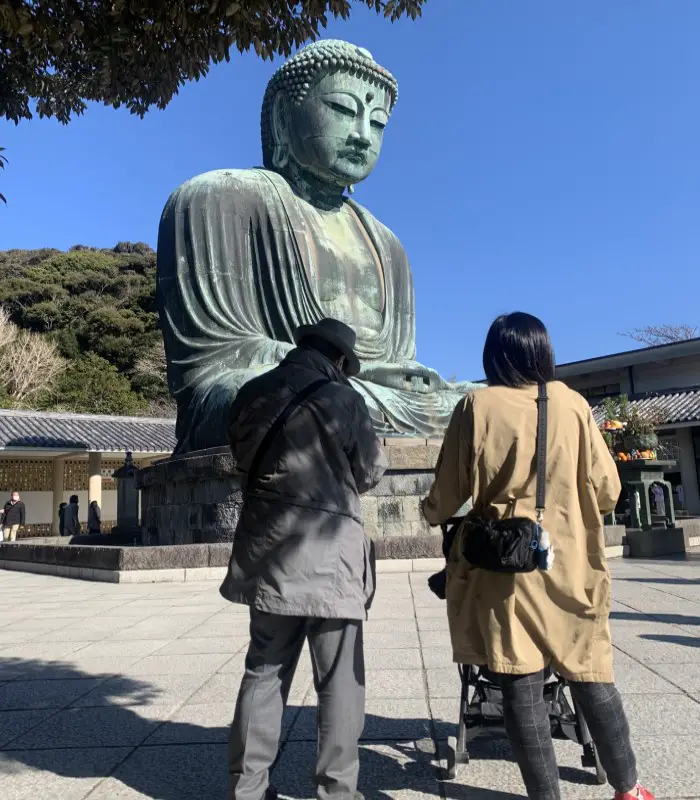
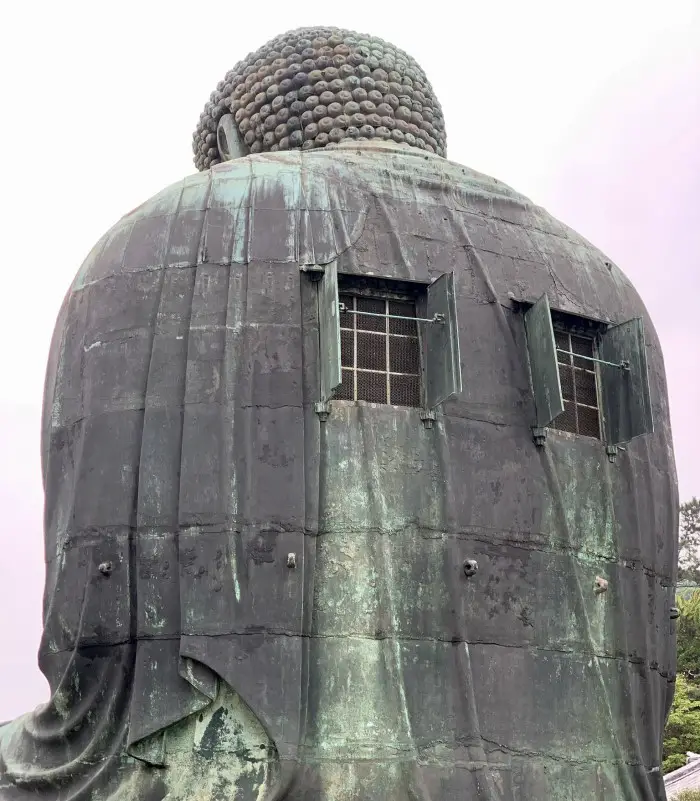
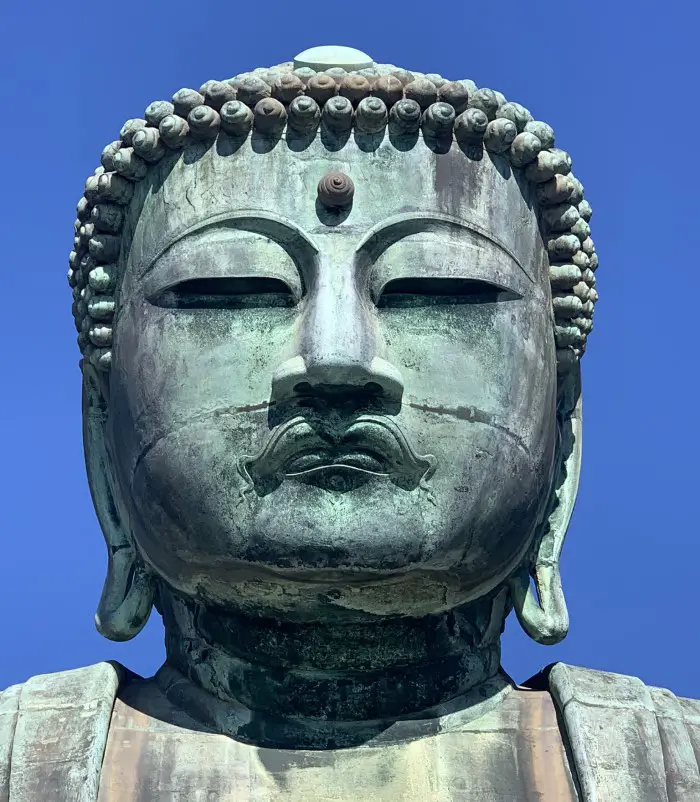
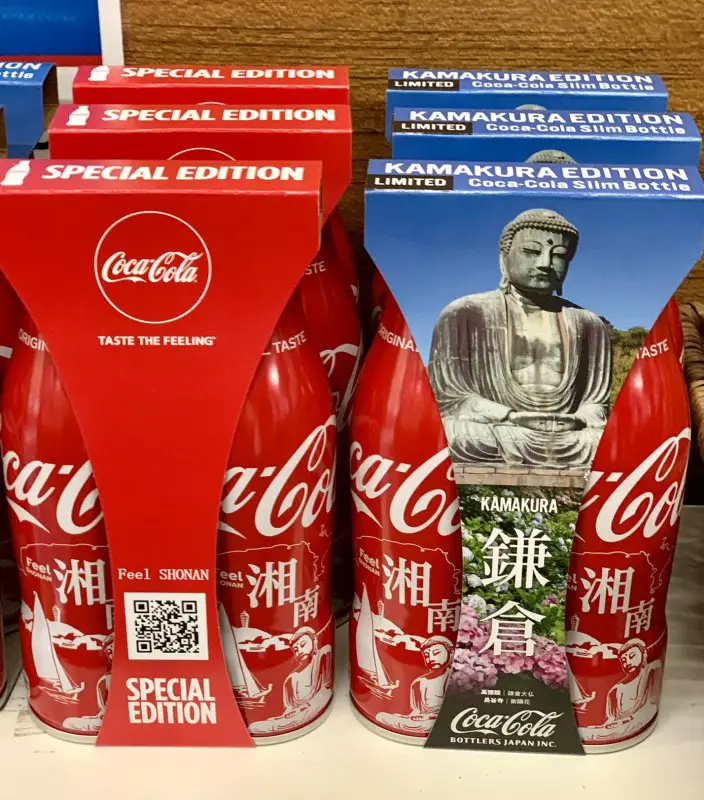
2. Hasedera Temple
Located on a hill and overlooking the town and the bay, this is probably my favourite Kamakura’s temple. Visiting Hasedera is a bit like exploring an amusement park as its full of surprises and attractions:
- A beautiful garden with a pond, waterfall and flowers, famous for blooming hydrangeas (ajisai in Japanese) in June.
- Small cave, part of the temple dedicated to the goddess of feminine beauty and wealth (Benten), filled with sculptures, is a true hidden gem not to be missed.
- Impressive 9-metre-tall eleven-headed statue of Kannon, the goddess of mercy.
- Jizo-do Hall with hundreds of small statues of the Jizo Bodhisattva who helps the souls of deceased children to reach paradise.
- Views of the town of Kamakura and the Suginami Bay from a large terrace with picnic tables where Japanese sweets and beverages are available. You can even have a local beer while enjoying sea views on the temple grounds!
There is so much to see in Hasedera temple!
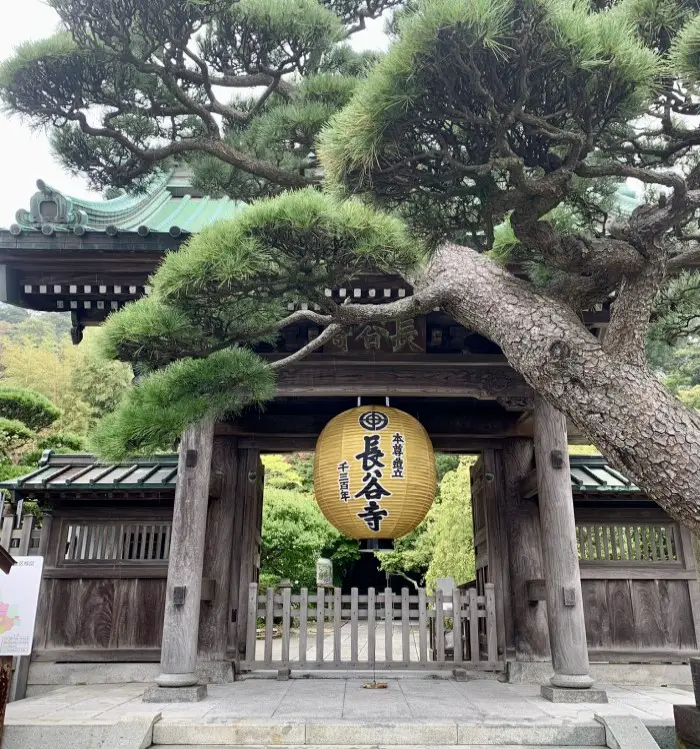
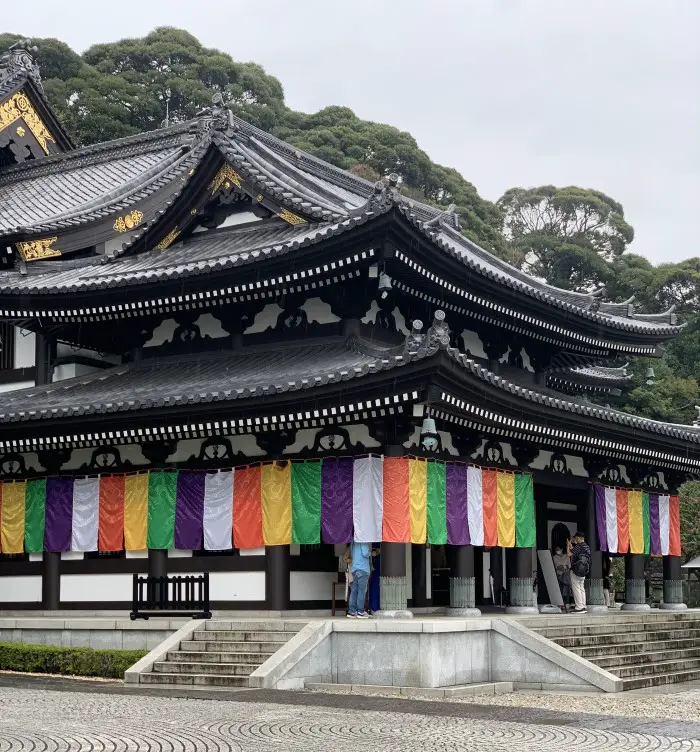
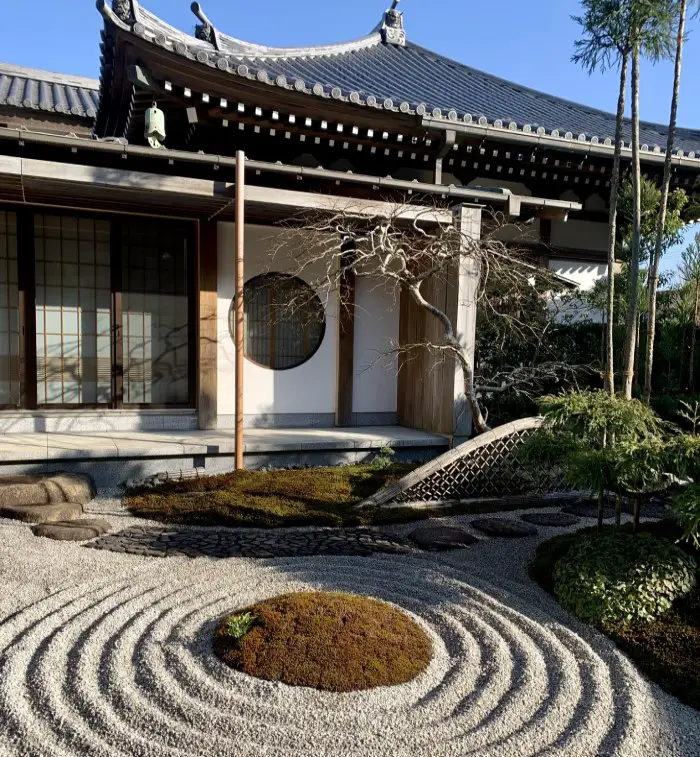
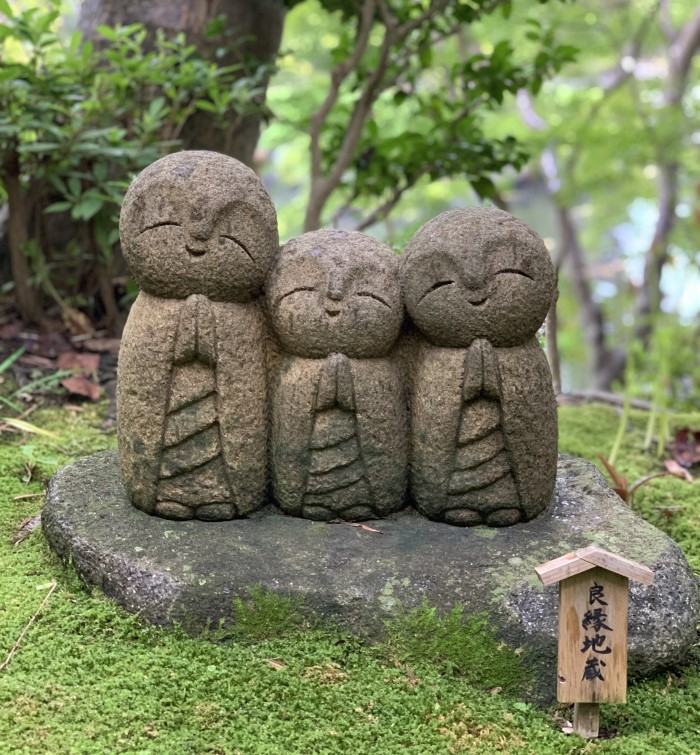
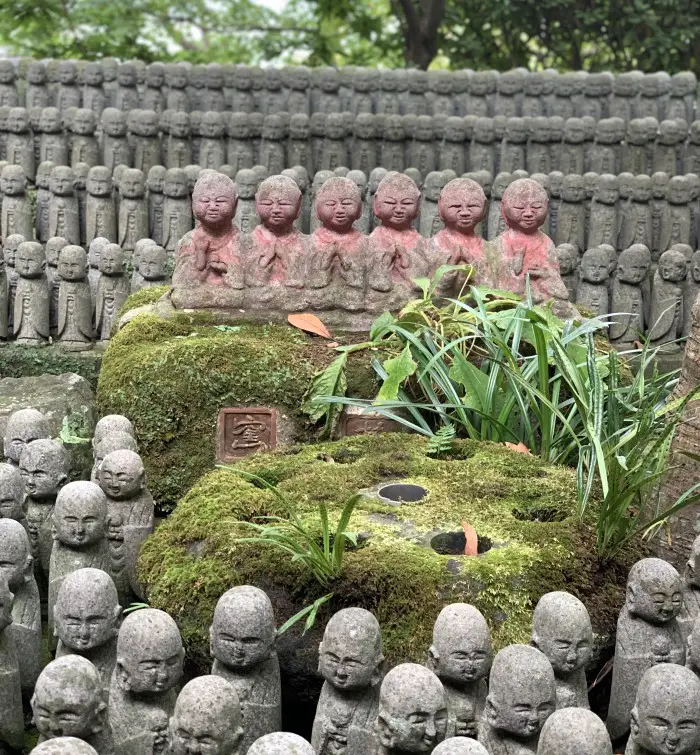

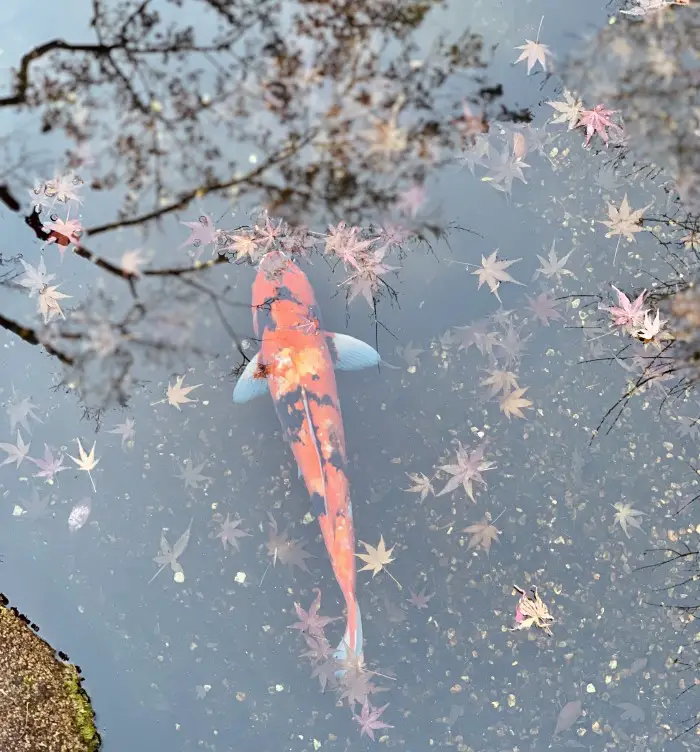
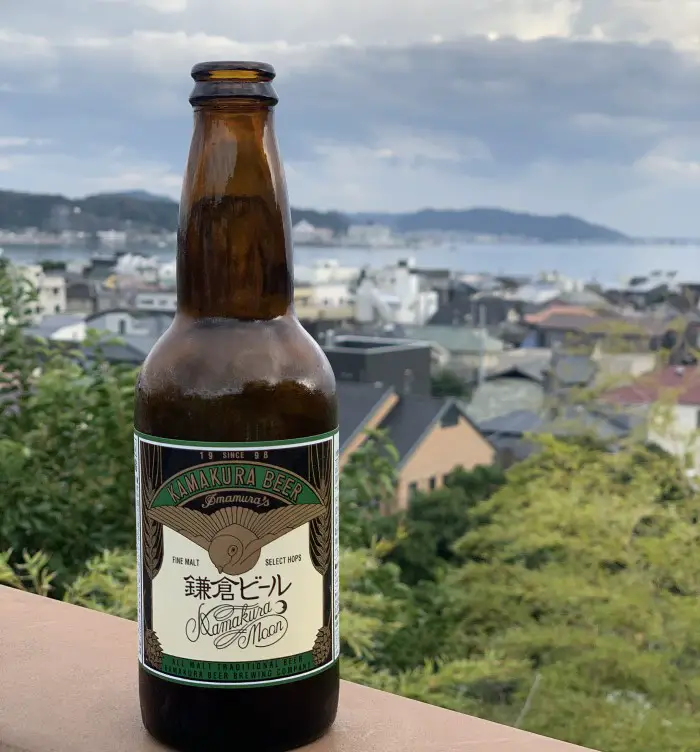
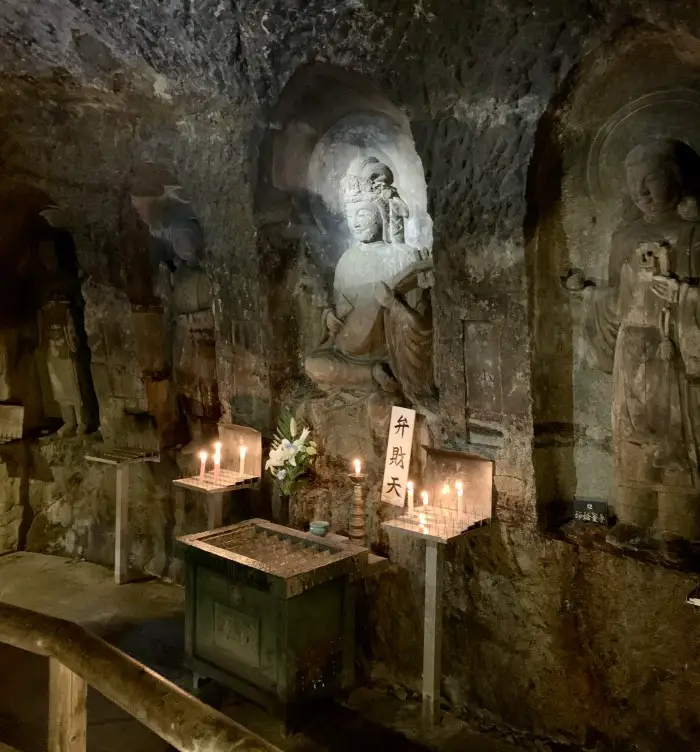
3. Hokokuji Temple
This small Zen Buddhist temple, hidden among the hills, is famous for its beautiful bamboo grove, stone lanters and teahouse. Narrow paths lead through the bamboo to the lovely teahouse, where you can enjoy matcha tea while admiring the views of the bamboo grove. When buying a ticket to the temple, get the one including the tea, as it’s really worth it! If you’re going to skip Kyoto’s famous and very crowded bamboo forest in Arashiyama, Hokokuji Temple is a great, much more peaceful alternative.
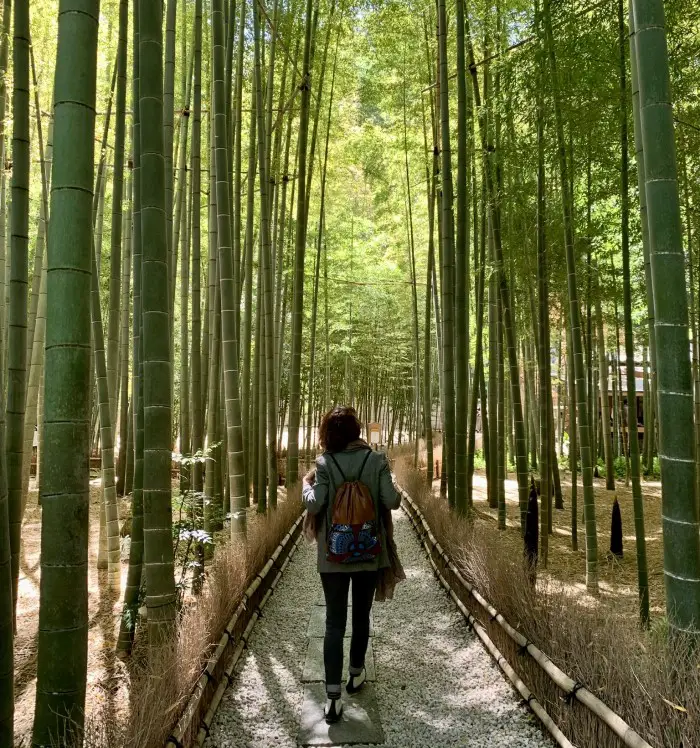
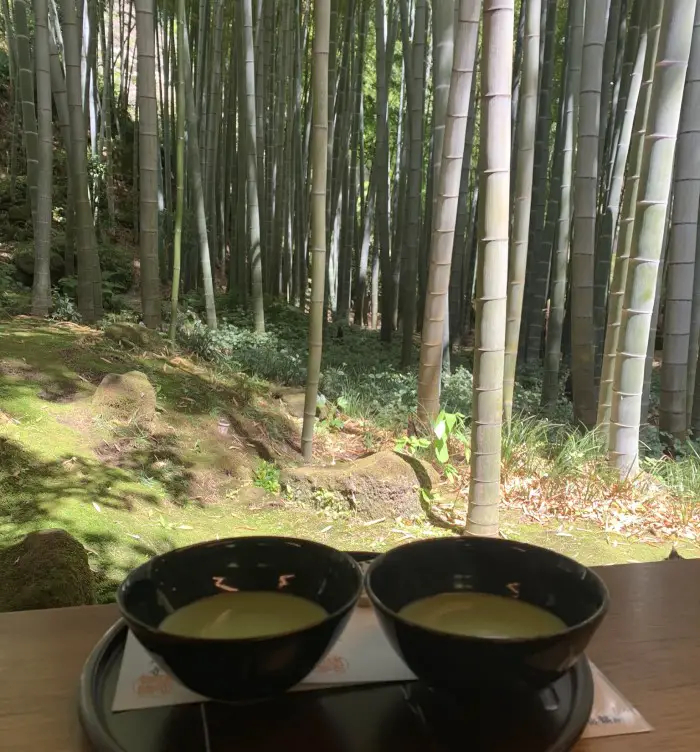
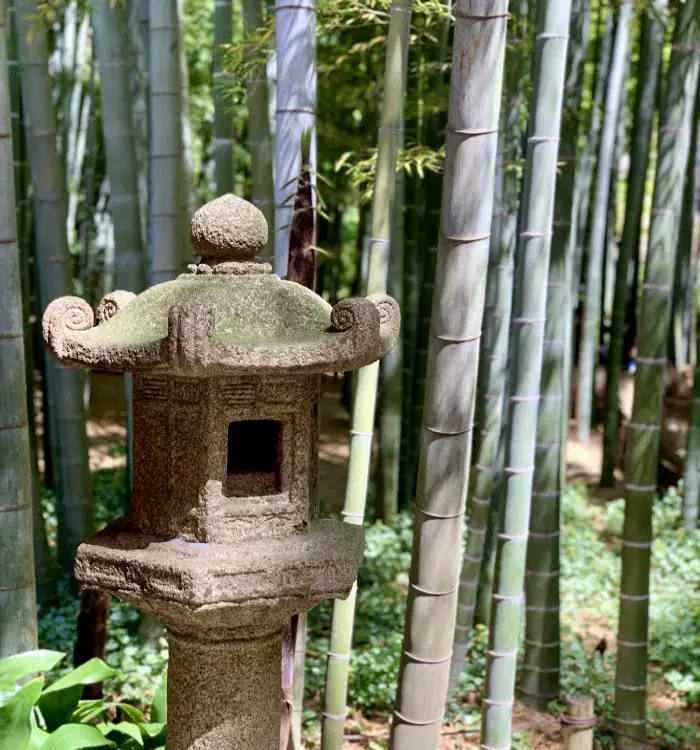
4. Tsurugaoka Hachimangu Shrine
Kamakura’s most important Shinto temple was founded in 1063 to commemorate the family of the first shogun of Japan, Minamoto. A long, wide approach to Tsurugaoka Hachimangu Shrine through the city centre with torii gates along the way leads to the vast temple grounds.


5. Kamakura Beach
Kamakura Beach consists of two beaches: Yuigahama and Zaimokuza. Although the colour of the water cannot be compared to the beaches in Okinawa, the water is clean and also very warm from June to the end of September. The darker colour of the sand should not worry you, as it is due to its volcanic origin. The sunsets can be amazing, and in the summer months (July-August) the beach is bustling with life, with food stalls along the beach. From Zaimokuza Beach, when visibility is good, you can see Mount Fuji.

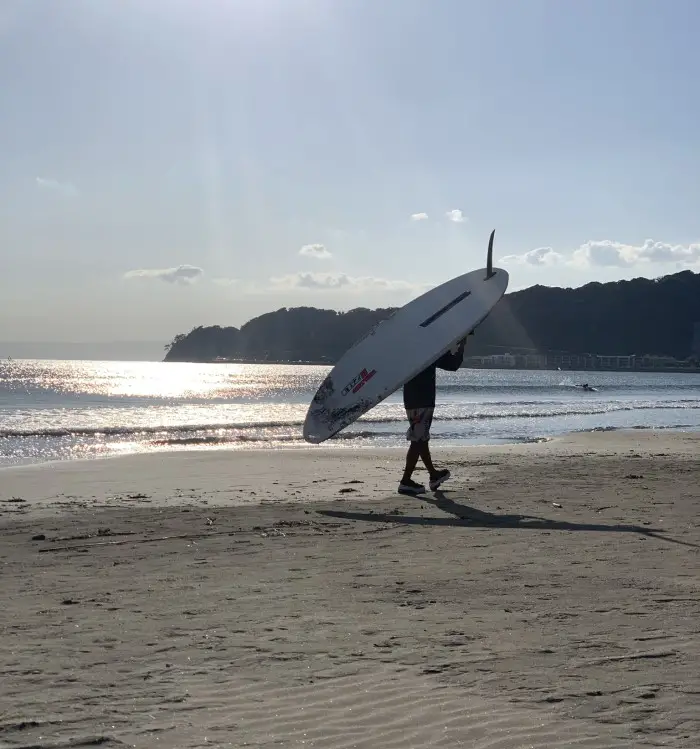
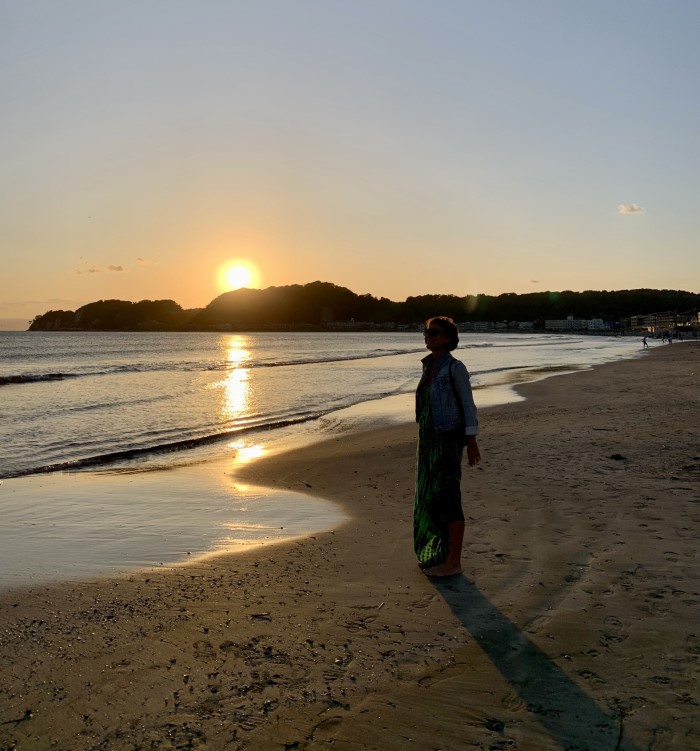
More things to do around Kamakura
If you have more time, below you will find more ideas for your day trip in Kamakura.
6. Five great Zen temples
There are five great Zen temples in Kamakura, as Zen Buddhism became the predominant religion among the samurai class in the Kamakura period (1185-1333). The philosophy of Zen Buddhism based on direct experience and simplicity appealed to the samurai and numerous temples were constructed with the shogunate’s support. Zen Buddhism was closely associated with martial arts, as the focus on discipline, concentration, and clear mind complemented the training of samurai and reflected their warrior ethos.
Four out of five Zen temples are situated just north of the main city, in Kita Kamakura and one sits not far from Hokokuji temple known for its bamboo grove. Founded in 1253 in Kita Kamakura Kenchoji, featuring impressive grounds, beautiful gardens and a large number of temple buildings, is considered the most important out of five.
The most important Zen temple in Kamakura - Kenchoji
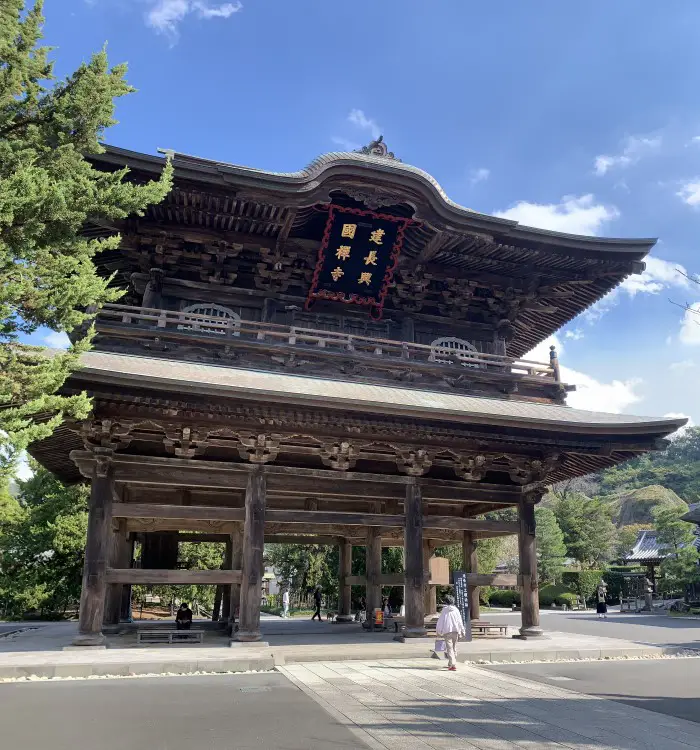
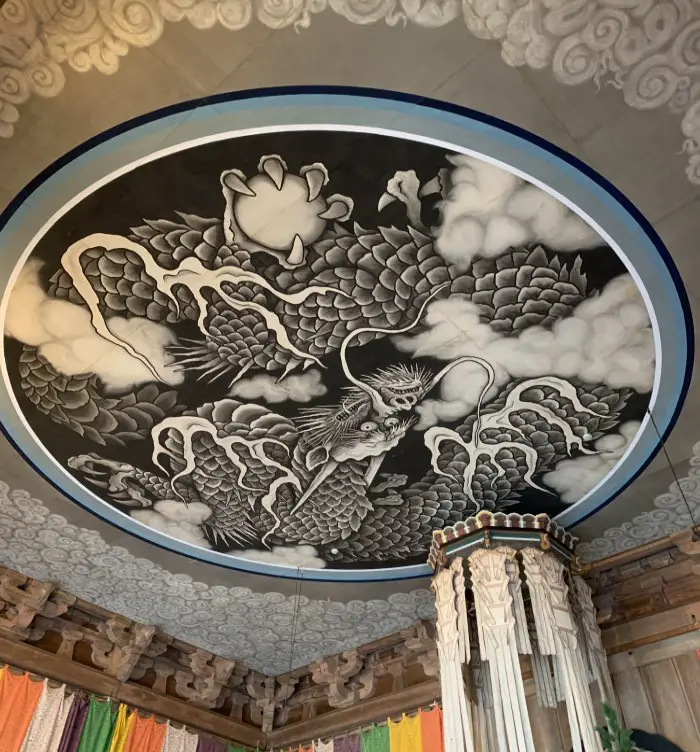
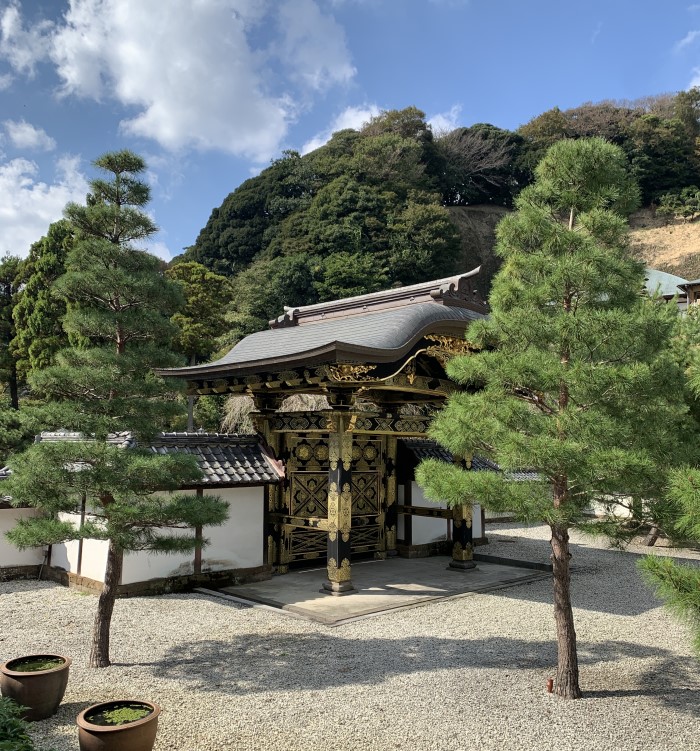
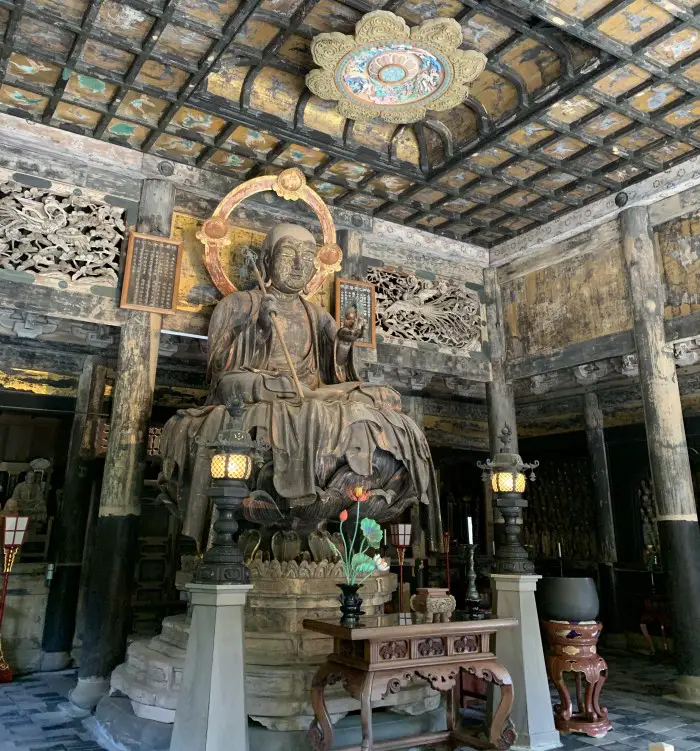
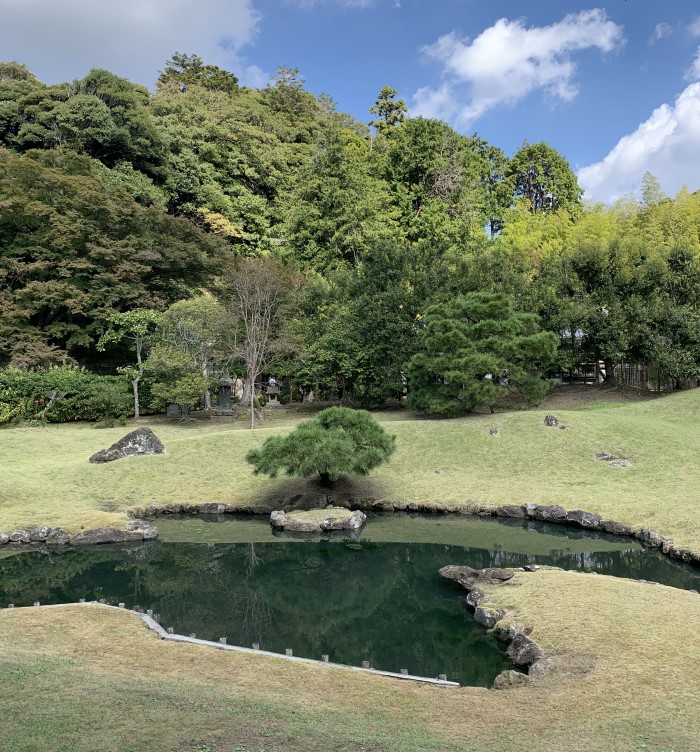
7. Enoshima Island
Located just off the coast of Kamakura, Enoshima Island offers stunning views of Mount Fuji, as well as a beautiful lighthouse, caves and temples. You can easily spend a whole day on Enoshima Island. My favourite way to get to the island is by small boat. Enoshima Island is a great place to unwind, while eating lunch at one of the many seafood restaurants or watching the sunset.
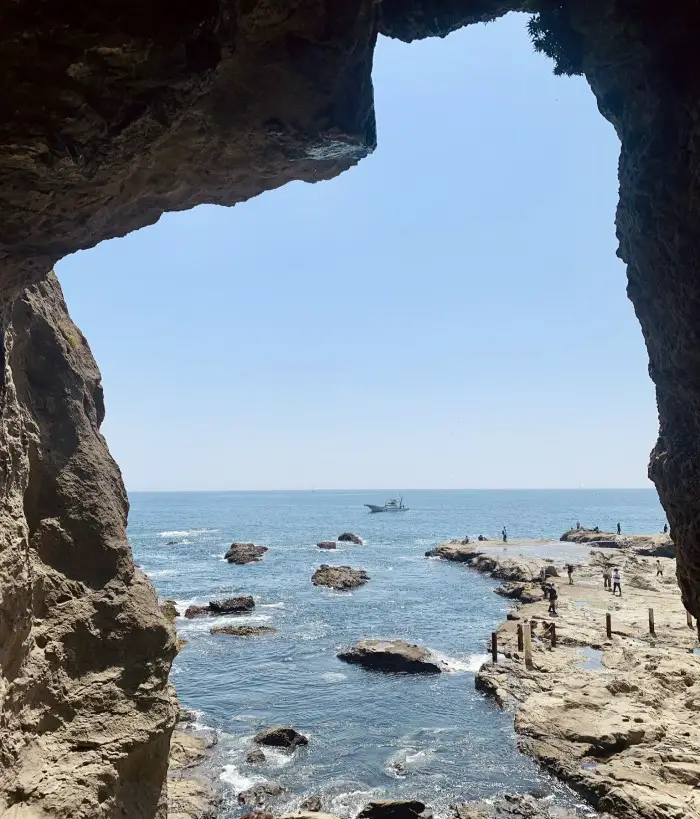
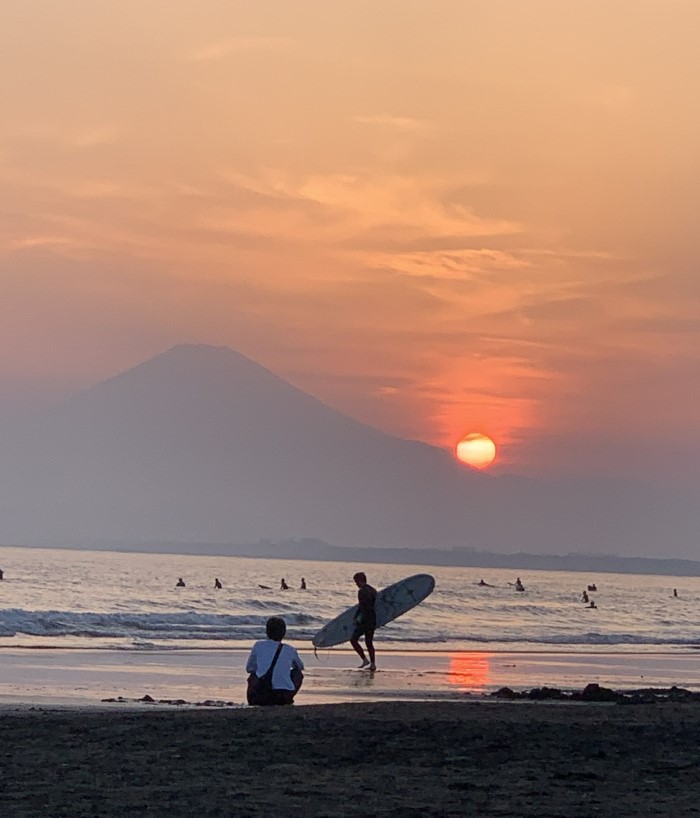
8. Hiking
Most of Kamakura’s temples are secluded among the hills surrounding the town, and a network of easy trails connects the most famous sights. Two most famous hiking trails – Daibutsu and Tenen run through the Western and Northern Hills, respectively.
The Daibutsu Hiking Trail is my favourite route. It connects the northern Kita-Kamakura with magnificent Zen temples with the Great Buddha (Daibutsu) sitting in the west of the town. The trail runs through the unique Zeniarai Benten Shrine, famous for “money washing”. Completing the trail takes about 90 minutes.
just one hour from Tokyo
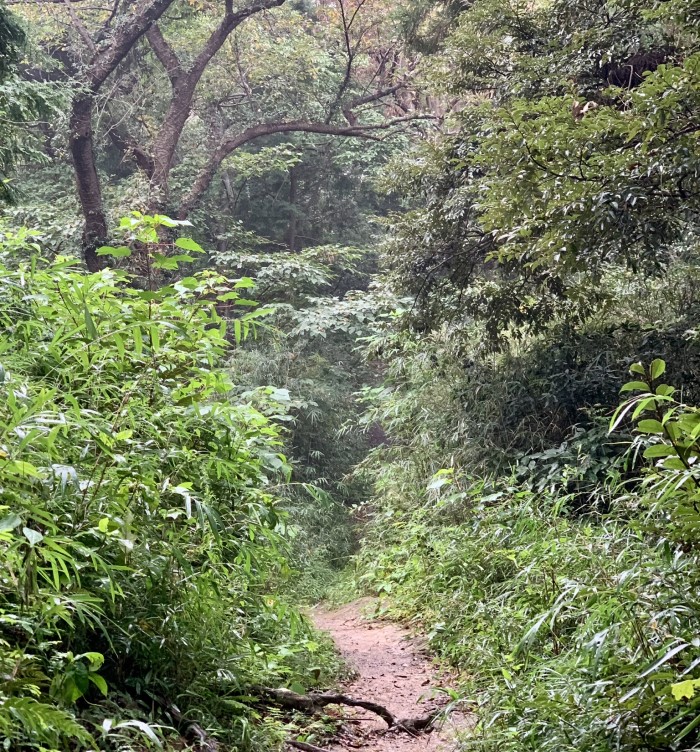
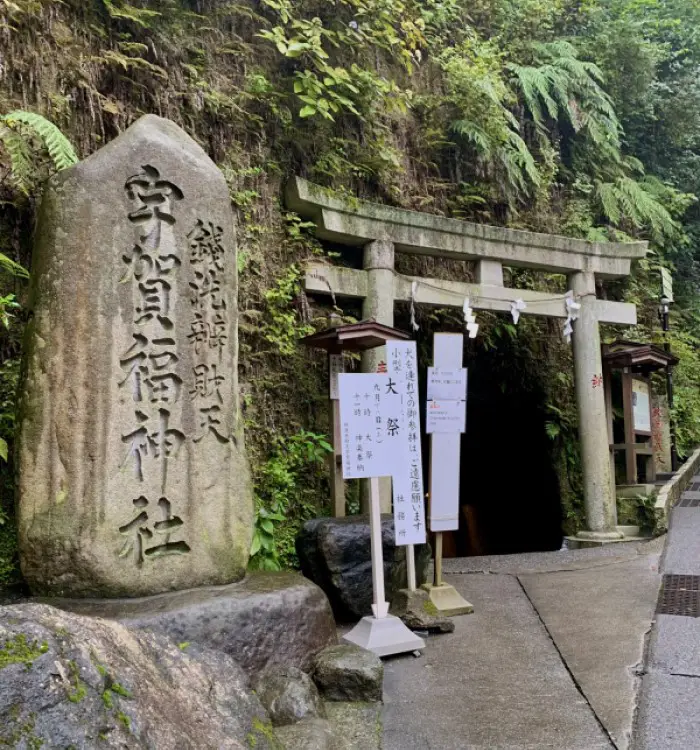
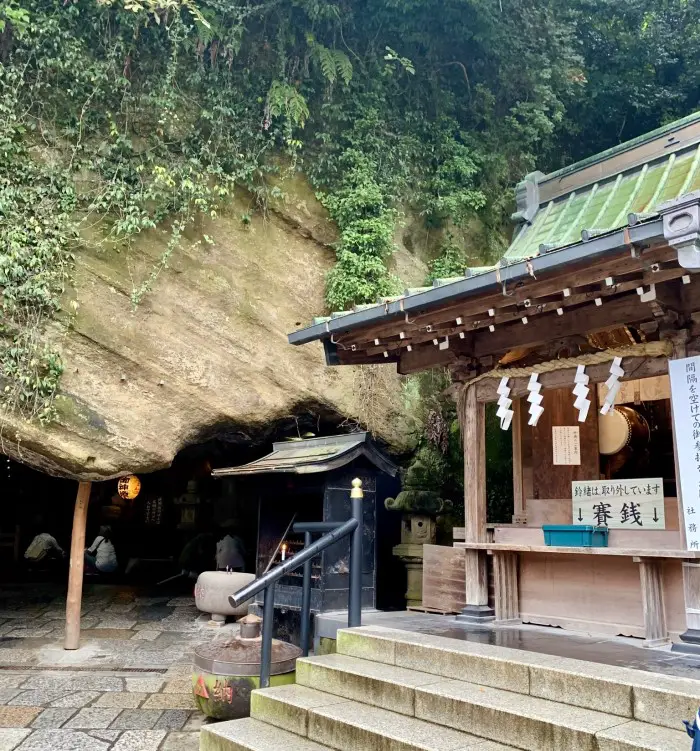
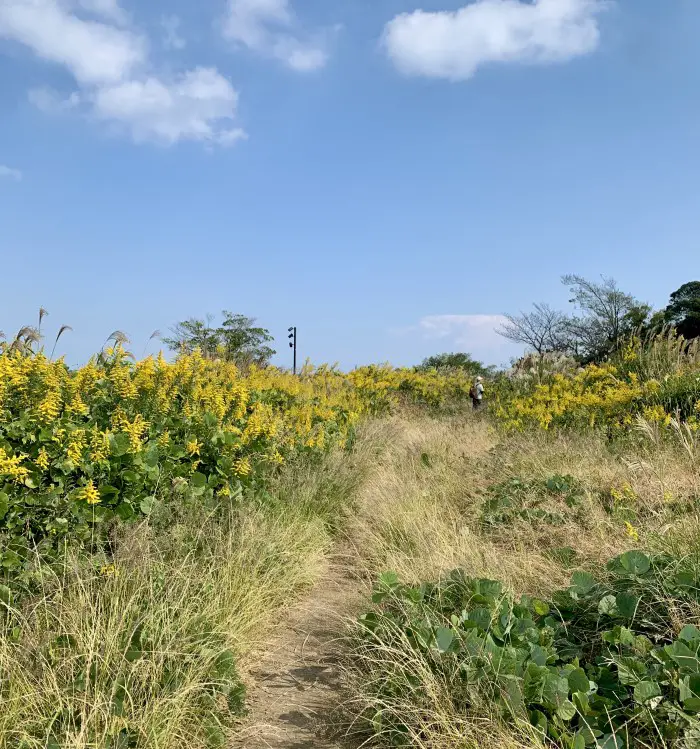
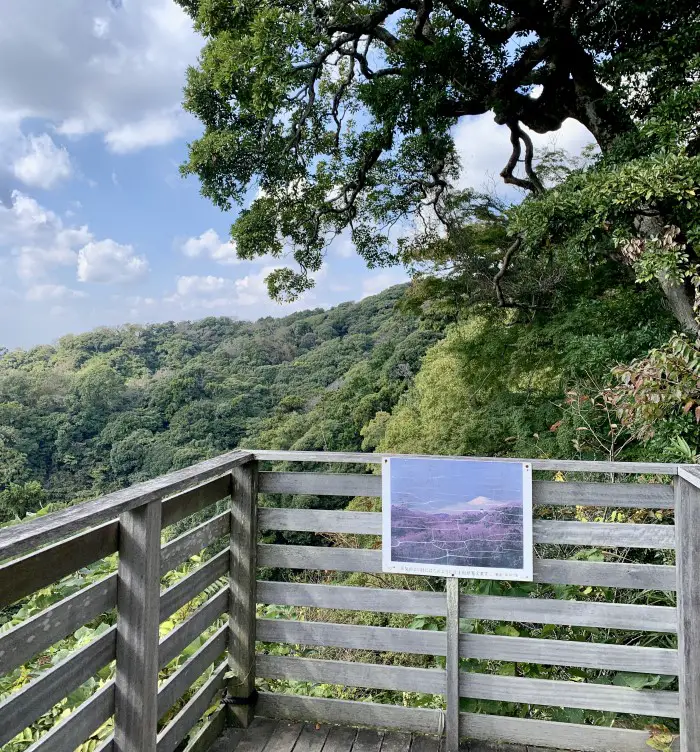
Read more about hiking in Kamakura here: Japan Travel Guide – Hiking in Kamakura
9. Onsen
Inamuragasaki Onsen Spa is a small, tattoo-friendly onsen with a beautiful view of the sea and Enoshima Island. In good weather you can even see Mount Fuji while sitting in the bath. It only takes 15 minutes by local train Enoden to reach the onsen from Kamakura Station.
10. Overnight stay in Kamakura
For more flexible travellers with extra time and lighter luggage, I can also suggest staying in Kamakura for a night. Despite its proximity to Tokyo, I stayed overnight in Kamakura a few times, enjoying its charm in the evening when other tourists had already returned home. I particularly liked this tiny guesthouse located in a 100-year-old traditional building, where time seems to pass slowly. No wonder, Kamejikan means “turtle time” in Japanese 🙂
The turtle time - Take it slow in Kamakura
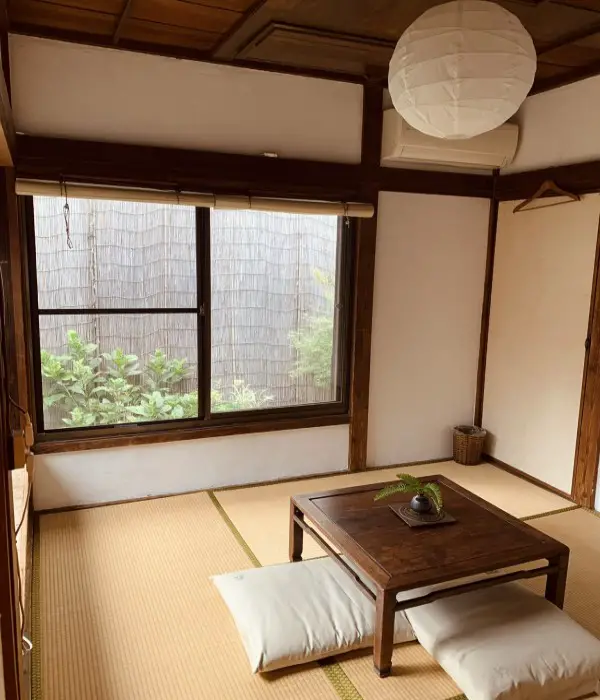
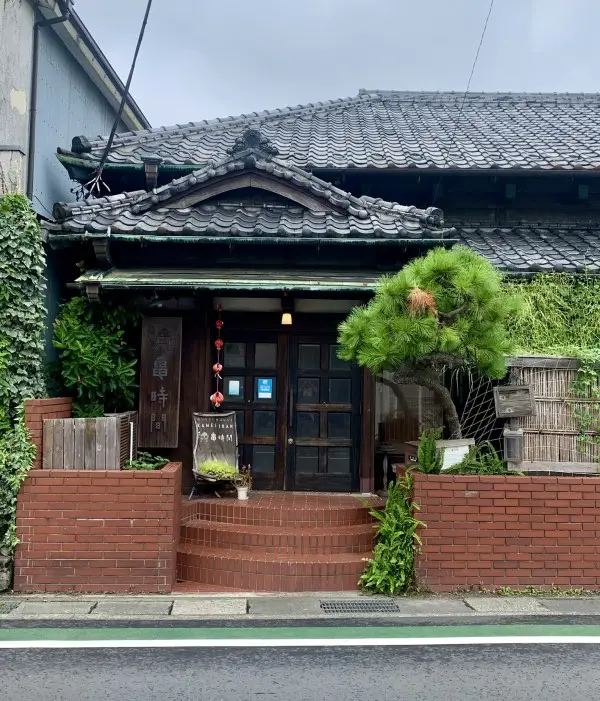
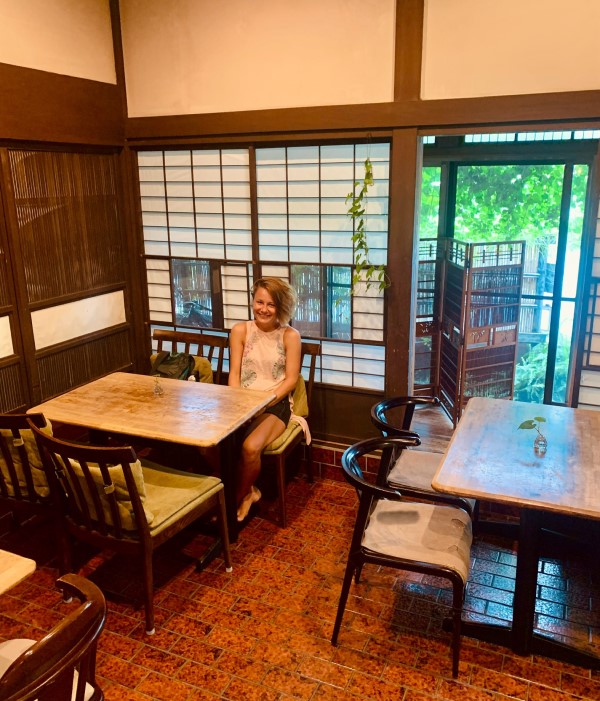
One-day itinerary in Kamakura
Here is a perfect one-day Kamakura itinerary for first-timers crafted by a semi-local 😉
Morning:
- Take a local bus from Kamakura Station to Hokokuji Temple, famous for its charming bamboo grove. It gets busier later in the day, so visiting in the early morning allows you to enjoy its serene atmosphere. Return to Kamakura Station.
- Transfer to Hase by local Enoden train or bus directly to Kotoku-in to visit the Big Buddha.
- Walk to Hasedera Temple (less than 10 minutes on foot), relax in the beautiful gardens and on the terrace overlooking the sea.
Afternoon:
- Lunch at one of the local restaurants in the Hase area. I especially recommend the Matsubara-an restaurant. More details on food options in Kamakura later in the article. But if you are short on time, you can skip lunch and enjoy some interesting street food at Komachi-dori later.
- Return by bus or Enoden to Kamakura Station and walk to Tsurugaoka Hachimangu Shrine.
- Time for shopping, street food and ice cream! Komachi-dori is the main shopping street with shops and restaurants selling local handicrafts, souvenirs and delicacies.
Evening:
- If you still have the strength and the weather is nice, grab some takeout sushi and head to the beach to enjoy the sunset and hopefully see Mount Fuji.
- Return to Kamakura Station and travel back to Tokyo.
Getting to Kamakura from Tokyo
1. Is it possible to visit Kamakura as a day trip from Tokyo?
Of course! Kamakura is located just 50 kilometres from Japan’s capital and the journey time is only one hour, making Kamakura the perfect day trip from Tokyo, during which you will be able to see all of Kamakura’s must-see attractions, including the famous Great Buddha.
2. How to get to Kamakura from Tokyo and how long does the journey take?
Travelling by train is the fastest way to get from Tokyo to Kamakura. The easiest way is to take the direct JR Yokosuka Line from Tokyo Station or Shinagawa Station to Kamakura. The one-way trip takes about one hour and costs about 1000 JPY.
3. Can I use the JR Pass to travel to Kamakura?
Yes, you can use the Japan Rail Pass (JR Pass) to travel to Kamakura on the JR Yokosuka line. JR Pass covers the cost of the basic fare.
4. Do I need to book a seat in advance on the train to Kamakura?
No you do not have to. You can easily travel on the Yokosuka Line without a seat reservation. Simply use your JR Pass or Pasmo/Suica card to enter through the ticket gates and hop on the train.
However, if you want to have a guaranteed place in the so-called Green Car, you must pay an additional fee. Then you can sit anywhere in the Green Car. I always travel Kamakura in a normal car and manage to get a seat, so I don’t think travelling in a Green Car is necessary. Of course, if you want a more comfortable journey, pay the extra fee and travel with peace of mind.
It’s best to pay the additional fee at the platform in the Green Car self-service tickets machine. It currently costs 1000 JPY if you go to Kamakura from Tokyo on a weekday, and slightly less at 800 JPY on the weekend.
Getting around Kamakura
1. Are local buses in Kamakura covered by JR PASS?
Similarly to the Tokyo buses/metro system, local buses in Kamakura are not covered by the JR PASS. However, you can use JR Pass on the Enoden train to travel free within Kamakura. To use local buses in Kamakura, you must pay the fare in cash or by transportation IC card such as Suica or Pasmo.
2. Can I walk around Kamakura to see all its main attractions?
Kamakura’s main attractions are scattered across the town and if you want to see them all in one day, it will be very difficult.
3. The fastest way to explore Kamakura
For short distances, taxi rides are quite affordable, especially if you are travelling in a group. If your goal is to explore various places in Kamakura efficiently, taking a taxi may be a good idea. However, remember that taxis are readily available at Kamakura Station, but are more difficult to find in more remote parts of the town. I recently took a taxi to Hokokuji Temple, famous for its bamboo forest, but took a bus on the way back because I couldn’t get a taxi. That said, buses are also a very efficient way to explore Kamakura, so this wasn’t a problem at all.
4. The best way to get around Kamakura
The small town of Kamakura is great for exploring by bicycle. Its charming streets are not too crowded. I usually use HELLO CYCLING city bikes, which are available in many other locations in Japan. Unfortunately, there are not many stations in Kamakura, and therefore not many HELLO CYCLING bikes, so sometimes finding or parking them can be a bit difficult.
Download the HELLO CYCLING app from the official website (can be set it up in English).
As an alternative, there is a Kamakura bicycle rental shop near the station. Renting a bicycle for an entire day is a great option to visit Kamakura. I did it once and can recommend it!
Culinary guide to Kamakura
Kamakura is known for its shirasu-don, which is a bowl of rice topped with tiny shirasu fish caught in nearby Sagami Bay. Shirasu are usually served raw with soy sauce and other toppings like green onions and grated ginger. Since I’m not a big fan of this dish, I won’t recommend any particular place serving shirasu, but lots of other places I enjoy 🙂
Kamakura food scene: Sushi on the beach, Buddha Beer, seaside views, authentic pizza, and lots of Japanese flavours that I have no photos of...
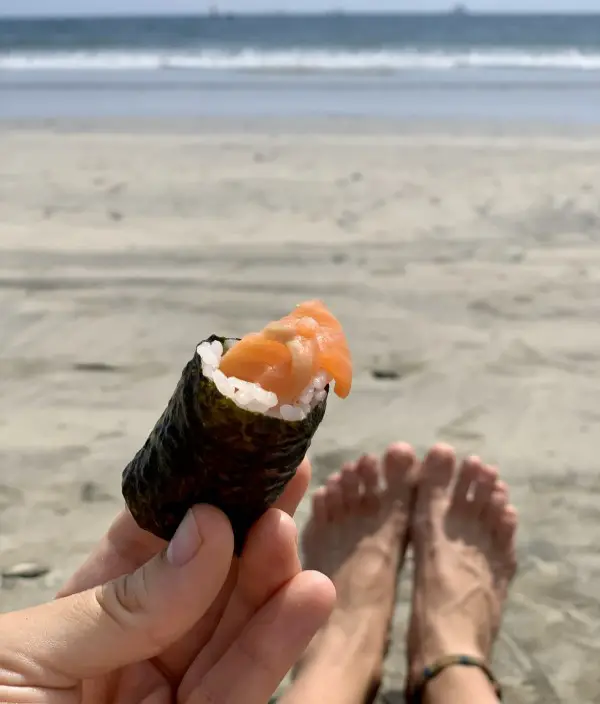
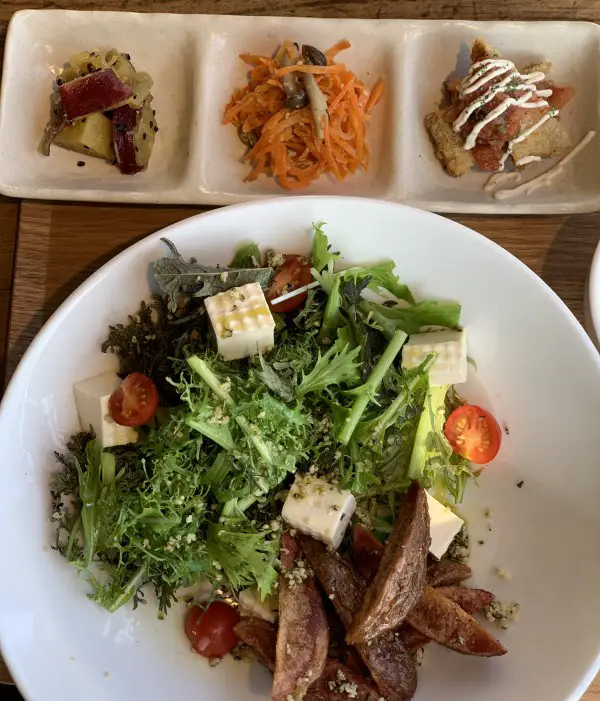
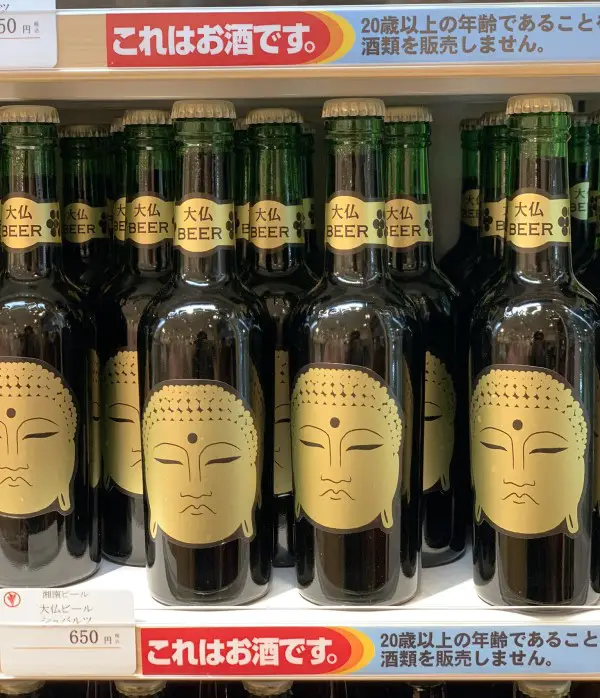
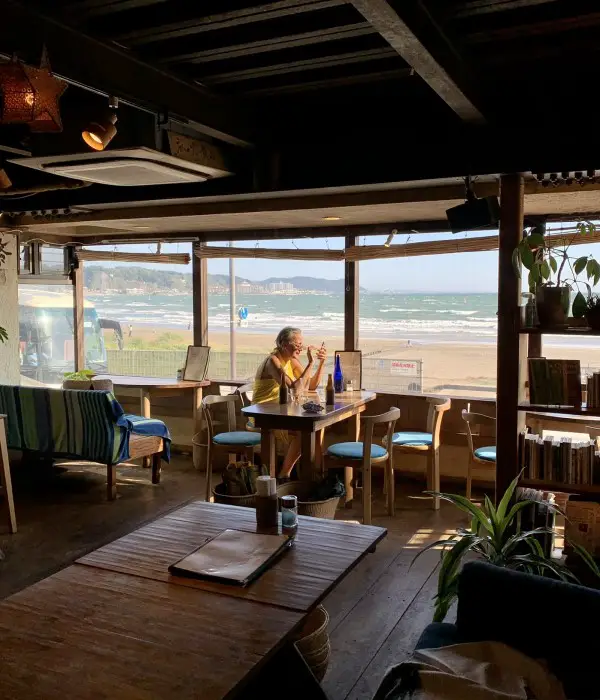

1. A very special place with soba noodles & tempura
Matsubara-an restaurant is hidden in a residential area, in an old Japanese house with a large terrace. You can either sit in the traditional Japanese way on a tatami mat or at a normal table. Beautiful decor and presentation, as well as the quality of ingredients make the dishes not cheap, but also… not too expensive. If you’re looking for something a little more unique, this is my recommendation!
2. Kamakura’s cheap & delicious sushi popular among locals
Good quality conveyor sushi that is popular with locals. We usually order takeout sushi and eat on the beach while watching the sunset.
3. Vegetarian / vegan food with sea views in Kamakura
Organic ingredients, sea views and a relaxed atmosphere. You feel more like you’re in Bali or Pokhara than an hour away from Tokyo. A little gem on the culinary map of Kamakura.
4. Typical Japanese dishes, soba, tempura, sashimi, lunch sets near Kamakura Station
A cosy restaurant centrally located on the main shopping street (Komachi-dori) near Kamakura Station, serving all kinds of dishes, including seasonal plates. It can accommodate larger groups. We ate there once with six people (including a small child) and it was very comfortable.
Minemoto Komachi-dori Kamakura
5. Chozumeya – local sausages & craft beers
Kamakura is famous for its ham and sausages. Chozumeya is an interesting place on the main street of Komachi-dori, where you can taste different types of sausages and drink local beer while admiring the paintings of local artists on the walls.
6. Street food on Komachi-dori Street
Komachi-dori Street is full of small eateries offering all kinds of Japanese street food. It’s impossible to try everything. So if you have to choose, go for the curry cheese bun at Giraffa Curry Pan or the traditional pork steamed buns at Kamakura Tenshin. Don’t forget the delicious Japanese soft-serve ice cream to end your meal!
Giraffa Curry Pan Kamakura Tenshin
7. Authentic Hawaiian burgers close to Kamakura beach
Located near the beach and serving authentic Hawaiian burgers, Kua’Aina Sandwich is probably one of the most unique stories of the restaurant chain. Originally founded in Hawaii in 1975 on the island of Oahu, in the small (and very picturesque) historic town of Haleiwa on the north coast. Although Kua’Aina Sandwich still only has one store in Hawaii, there are 30 in Japan! The burgers are delicious and the restaurant is decorated in Hawaiian style, with surfboards and old photos of Haleiwa on the walls. So if you crave a burger in Japan, don’t go to McDonald’s; try Kua’Aina.
8. Best Neapolitan pizza in Kamakura
Yes, pizza. The truth is, you can’t live on sushi and ramen all your life. Especially if you lived in Italy for several years and you are married to an Italian man. This is an authentic Neapolitan pizza, if you need a break from Japanese food.
KAMAKURA MAP
I hope you enjoyed this blog post about Kamakura and you will include this lovely seaside town in your Japan travel plans. If you have questions or need more information regarding one-day itinerary in Kamakura, don’t hesitate to leave a comment. I’ll be more than happy to help! And if you found this article helpful, please leave a comment – your feedback always brings a smile to my face! 🙂
And if you are seeking some other ideas for easy day trips from Tokyo offering stunning nature and an escape from a concrete city – here are some more ideas: 6 EASY DAY TRIPS FROM TOKYO FOR NATURE LOVERS.


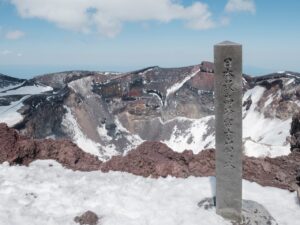
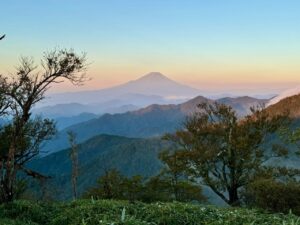
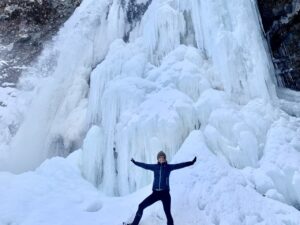
Hi Beti,
I am so excited to discover your travel blogs, they are so helpful and inspiring.
We (2 couples) are keen travelers and prefer to plan our own trips but as we have never been to Japan before, we felt nervous regarding the language barrier. Your advice has given us the confidence to make our own plans. We travel light and only have cabin luggage.
Can you advise us on the following rough plan for around a 2 week trip in Japan.
Tokyo
Stay for several days. Including a day trip to Kamakura, Hakone and Mt Takau. Thanks to your travel blogs!
Toyko to Kyoto. Do you recommend via the bullet train?
Kyoto: Stay for several days
Day trip to Nara (stay over night)
Do a 3 days self guided walking the Naskasendo Trail. Again thanks to your travel blog
Return to Kyoto
Visit Naoshima (Perhaps stay the night)
Travel onto Hiroshima and stay the night.
Or from Naoshima, return directly to Kyoto and do a separate day trip to Hiroshima (via the bullet train?).
Depart Japan from Osaka or our flights might require us to depart from Toyko. The trip could be done in reverse.
I am not sure of the regional train service and and any suggestions of what train or bus passes we purchase would be greatly appreciated.
Hey Jill,
Thank you for your kind words! It’s never enough of them 🙂
The bullet train is definitely the way to go! It’s super comfortable and fast. Of course, if you’re on a very tight budget, then the bus is a good option.
If you have time, I recommend staying overnight in Nara. I plan to write a guide for Nara one day, as so many people visit briefly, which is a pity since it has so much to offer (like hiking Mount Wakakusayama and visiting Horyuji Temple and Yakushiji Temple outside central Nara).
The same applies to Naoshima; it’s really worth staying overnight there. It’s better to travel from Naoshima to Hiroshima than to return to Kyoto and make a separate trip—you’ll save some time. If you need a stop between Naoshima and Hiroshima, you can consider staying overnight in Okayama or visiting/staying in Kurashiki, if you have the time. There are so many beautiful places worth exploring! I know it can be overwhelming!
Thanks again for the message and for reading my blog. Safe travels and happy adventures!
Beti
Thank you so much! Your blog is exactly what I am looking for to plan for a day trip out to Kamakura!
Hi Dev, I’m so glad you liked it and thank you for your comment. Enjoy beautiful Kamakura! 🙂